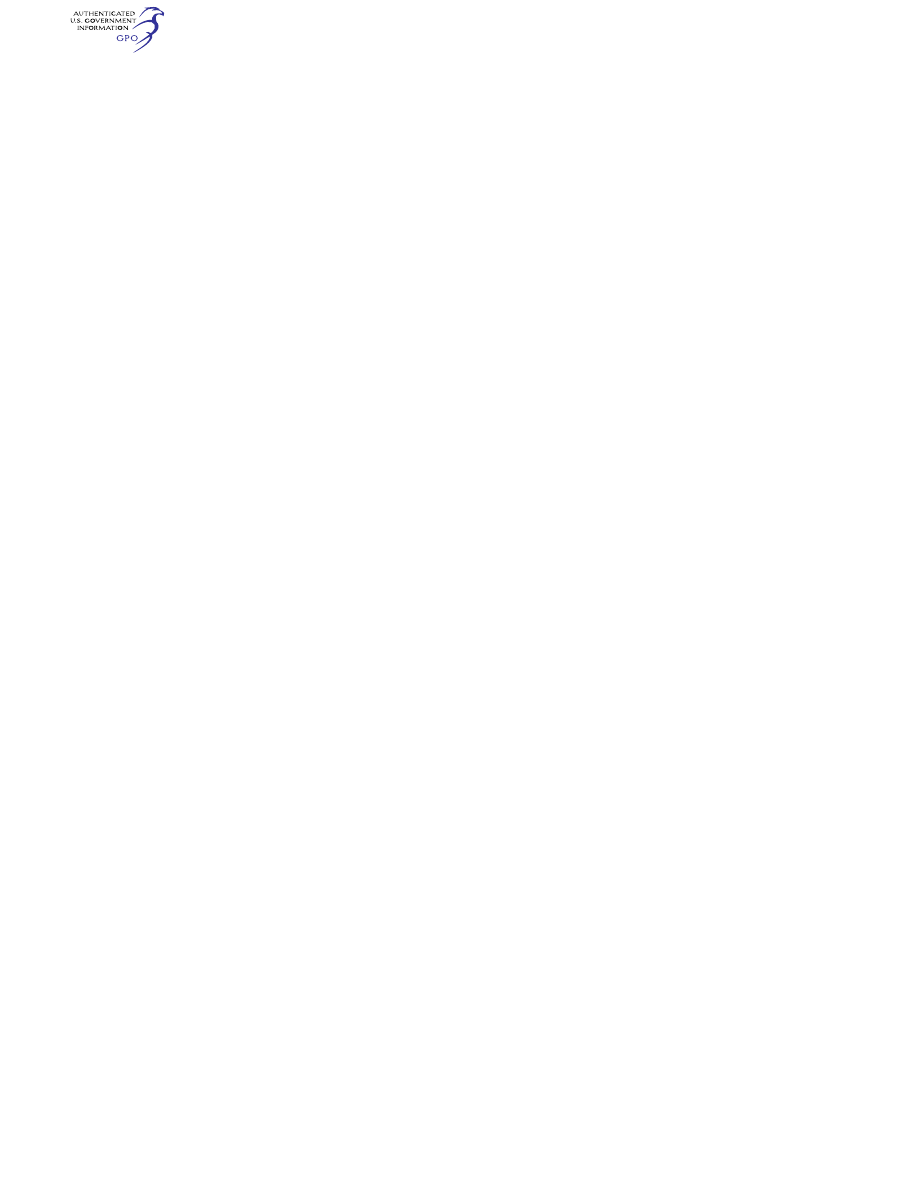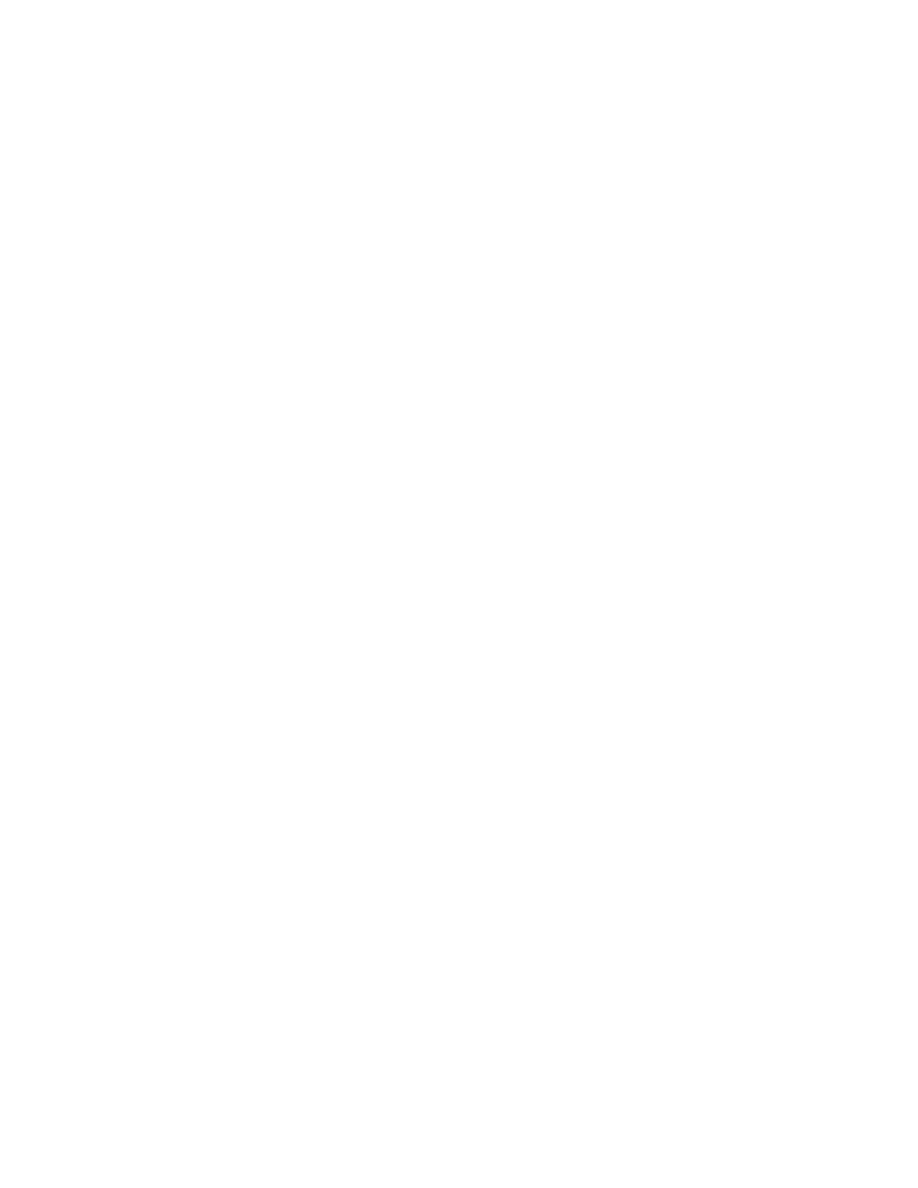
185
Federal Aviation Administration, DOT
§ 121.423
(ix) Approved dispatcher resource
management (DRM) initial training.
(2) For each airplane—
(i) A general description of the air-
plane emphasizing operating and per-
formance characteristics, navigation
equipment, instrument approach and
communication equipment, emergency
equipment and procedures, and other
subjects having a bearing on dispatcher
duties and responsibilities;
(ii) Flight operation procedures in-
cluding procedures specified in
§ 121.419(a)(2)(vi);
(iii) Weight and balance computa-
tions;
(iv) Basic airplane performance dis-
patch requirements and procedures;
(v) Flight planning including track
selection, flight time analysis, and fuel
requirements; and
(vi) Emergency procedures.
(3) Emergency procedures must be
emphasized, including the alerting of
proper governmental, company, and
private agencies during emergencies to
give maximum help to an airplane in
distress.
(b) Initial and transition ground
training for aircraft dispatchers must
include a competence check given by
an appropriate supervisor or ground in-
structor that demonstrates knowledge
and ability with the subjects set forth
in paragraph (a) of this section.
(c) Initial ground training for air-
craft dispatchers must consist of at
least the following programmed hours
of instruction in the subjects specified
in paragraph (a) of this section and in
§ 121.415(a) unless reduced under
§ 121.405:
(1) Group I airplanes—
(i) Reciprocating powered, 30 hours;
and
(ii) Turbopropeller powered, 40 hours.
(2) Group II airplanes, 40 hours.
[Doc. No. 9509, 35 FR 90, Jan. 3, 1970, as
amended by Amdt. 121–250, 60 FR 65949, Dec.
20, 1995]
§ 121.423 Pilots: Extended Envelope
Training.
(a) Each certificate holder must in-
clude in its approved training program,
the extended envelope training set
forth in this section with respect to
each airplane type for each pilot. The
extended envelope training required by
this section must be performed in a
Level C or higher full flight simulator,
approved by the Administrator in ac-
cordance with § 121.407 of this part.
(b) Extended envelope training must
include the following maneuvers and
procedures:
(1) Manually controlled slow flight;
(2) Manually controlled loss of reli-
able airspeed;
(3) Manually controlled instrument
departure and arrival;
(4) Upset recovery maneuvers; and
(5) Recovery from bounced landing.
(c) Extended envelope training must
include instructor-guided hands on ex-
perience of recovery from full stall and
stick pusher activation, if equipped.
(d) Recurrent training: Within 24 cal-
endar months preceding service as a
pilot, each person must satisfactorily
complete the extended envelope train-
ing described in paragraphs (b)(1)
through (4) and (c) of this section.
Within 36 calendar months preceding
service as a pilot, each person must
satisfactorily complete the extended
envelope training described in para-
graph (b)(5) of this section.
(e) Deviation from use of Level C or
higher full flight simulator:
(1) A certificate holder may submit a
request to the Administrator for ap-
proval of a deviation from the require-
ments of paragraph (a) of this section
to conduct the extended envelope
training using an alternative method
to meet the learning objectives of this
section.
(2) A request for deviation from para-
graph (a) of this section must include
the following information:
(i) A simulator availability assess-
ment, including hours by specific simu-
lator and location of the simulator,
and a simulator shortfall analysis that
includes the training that cannot be
completed in a Level C or higher full
flight simulator; and
(ii) Alternative methods for achiev-
ing the learning objectives of this sec-
tion.
(3) A certificate holder may request
an extension of a deviation issued
under this section.
(4) Deviations or extensions to devi-
ations will be issued for a period not to
exceed 12 months.
